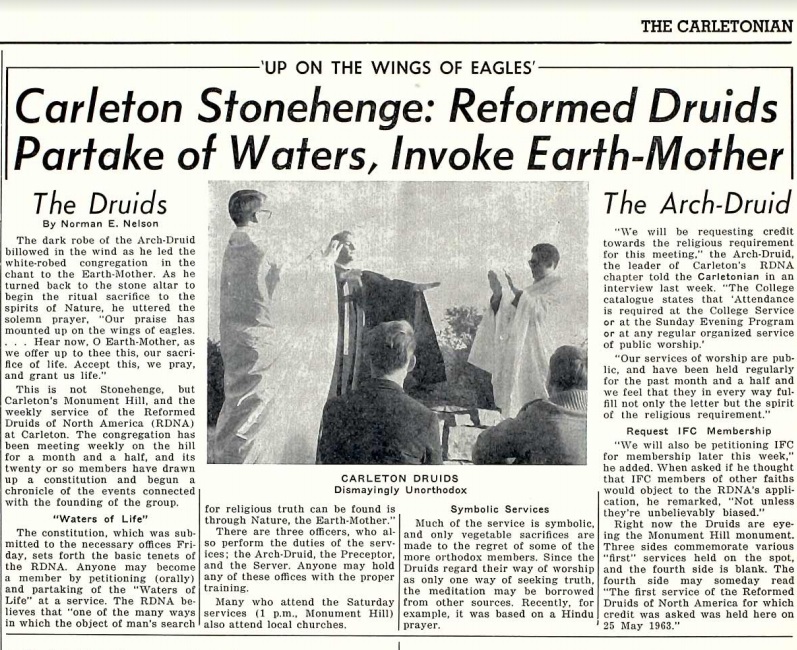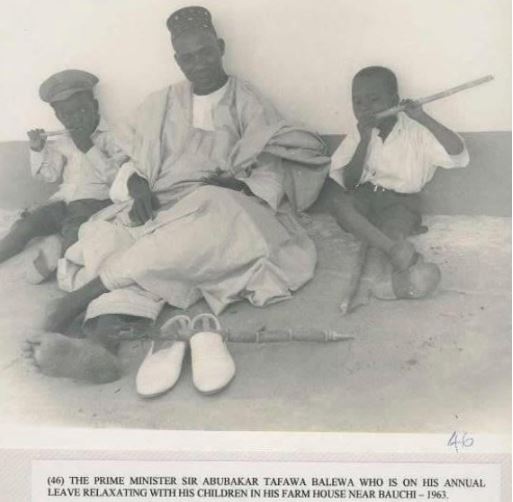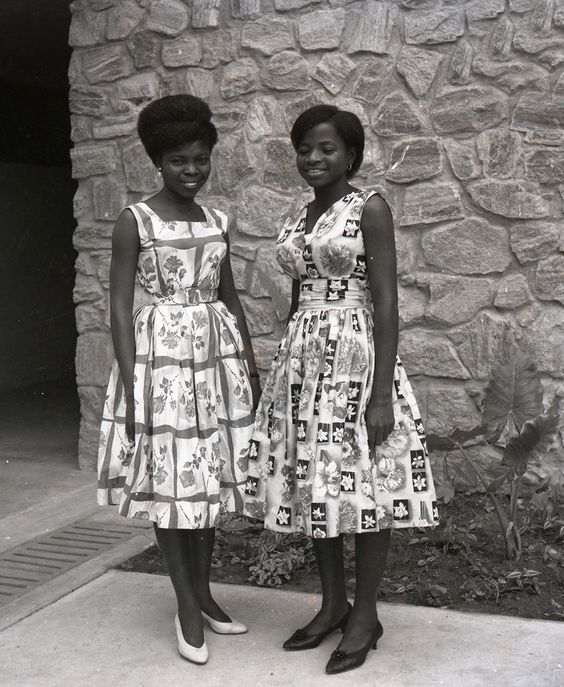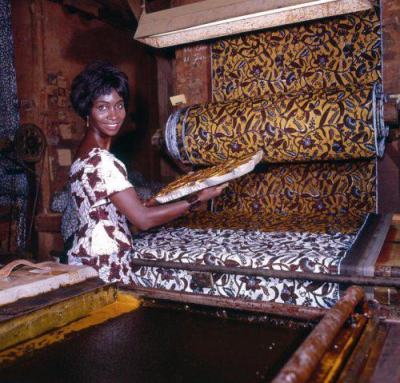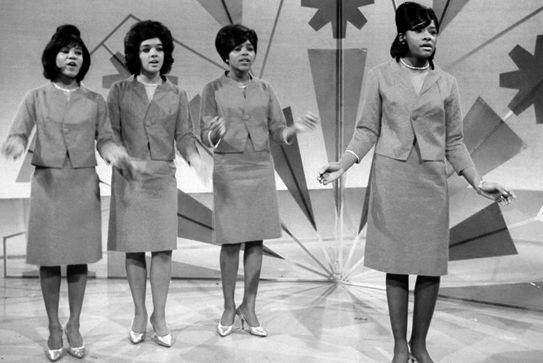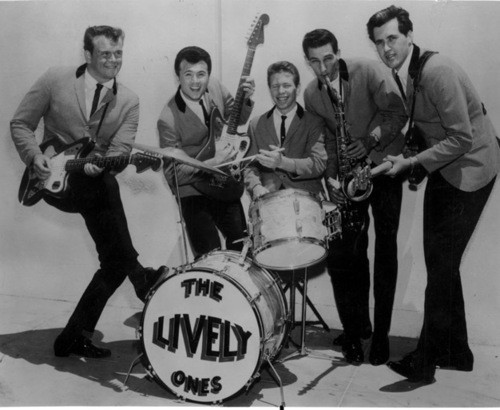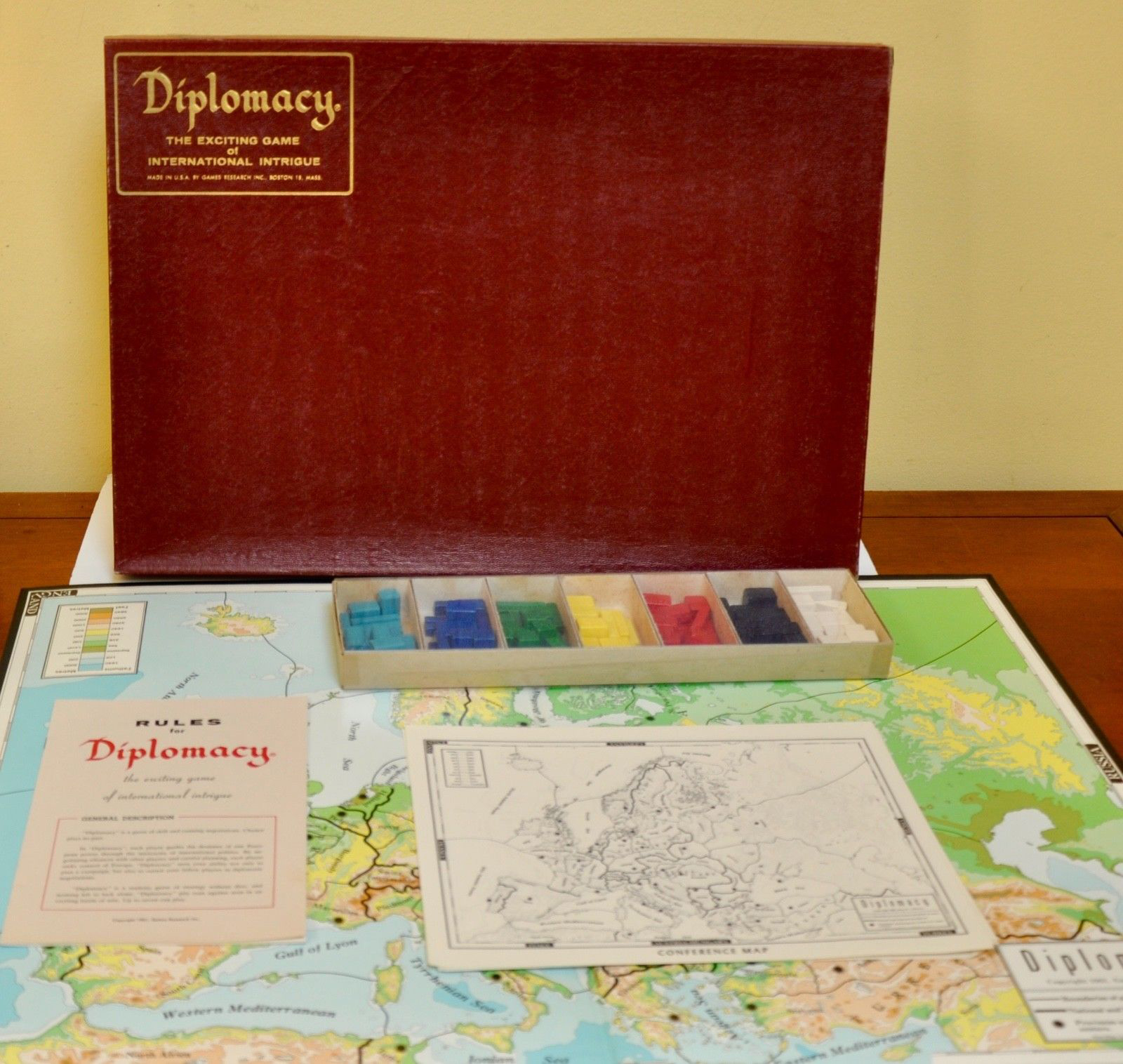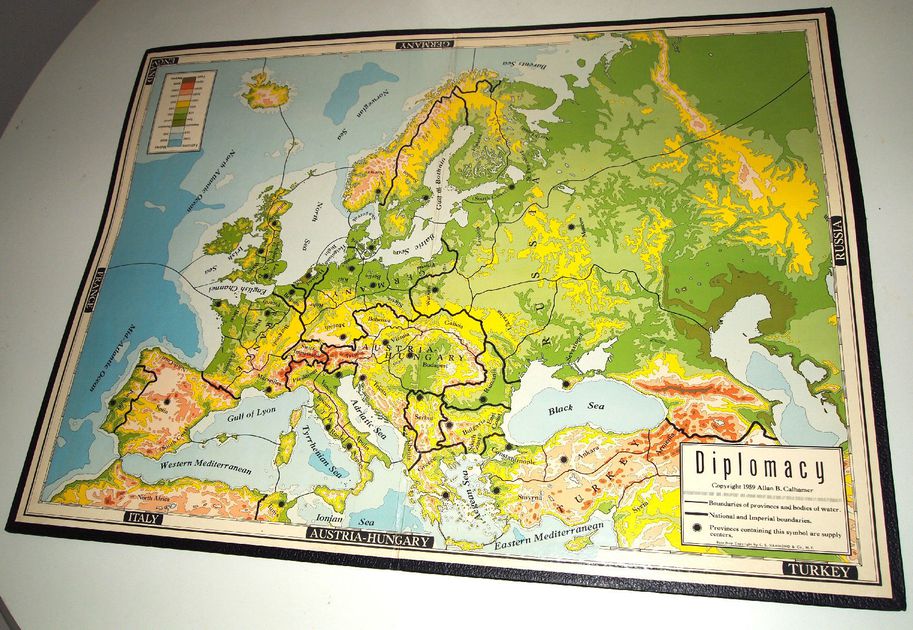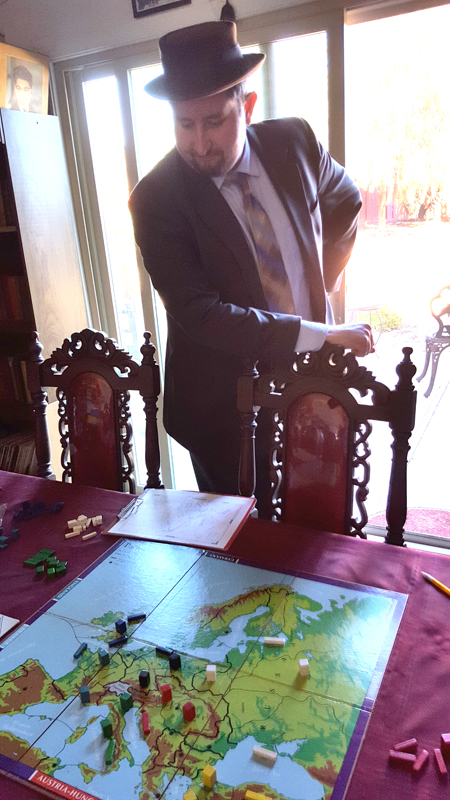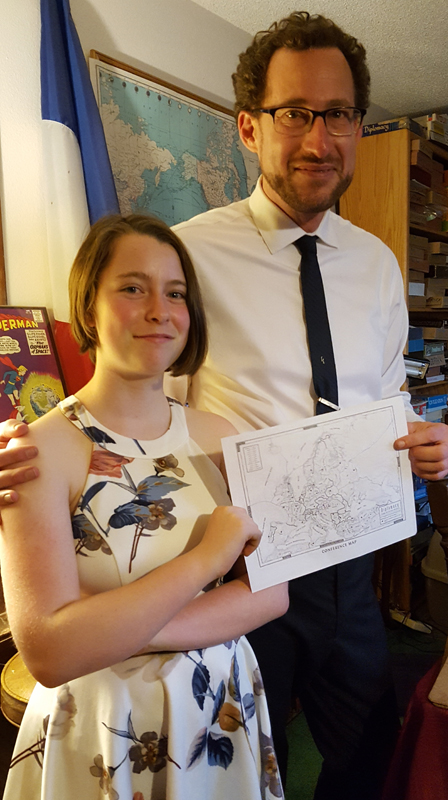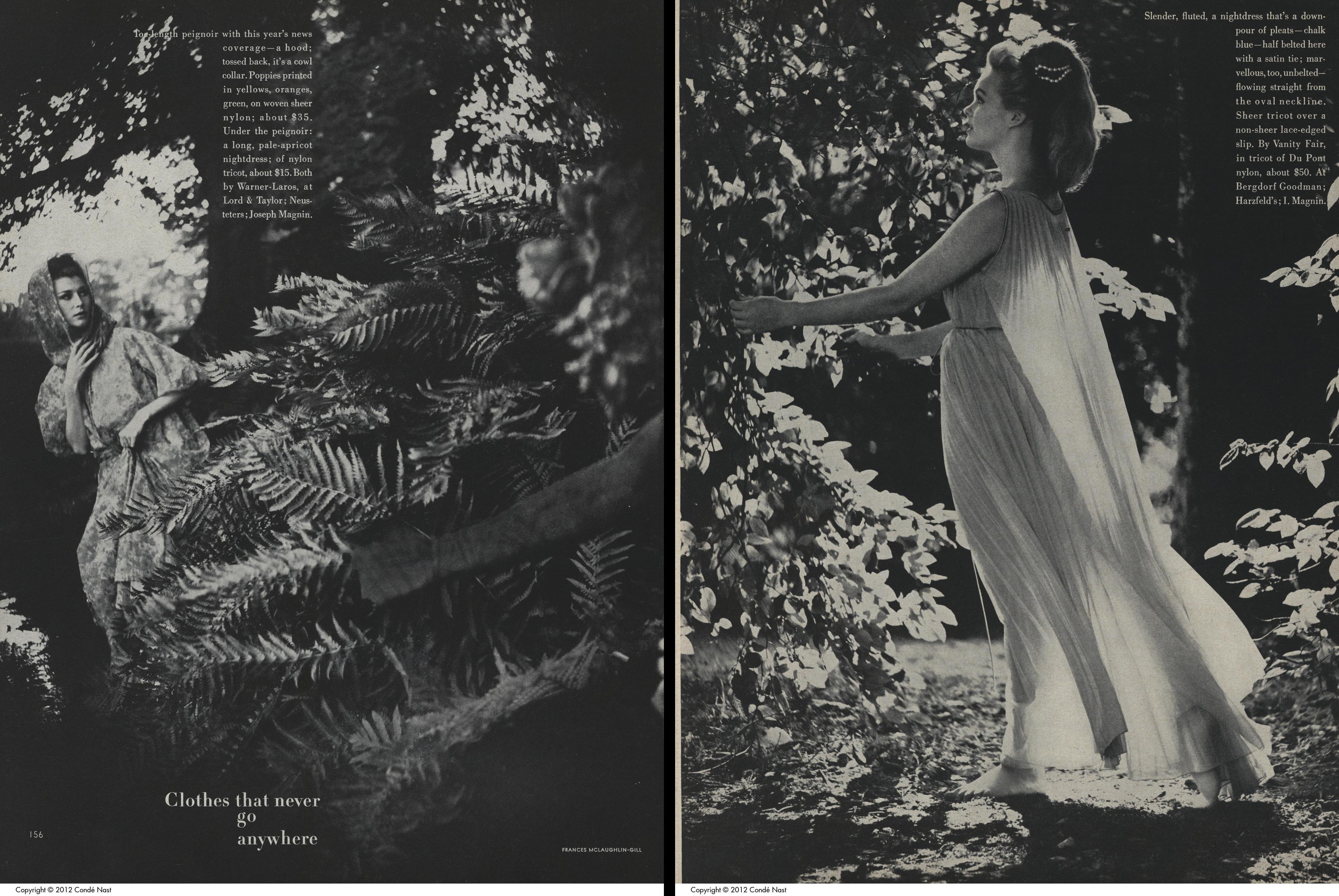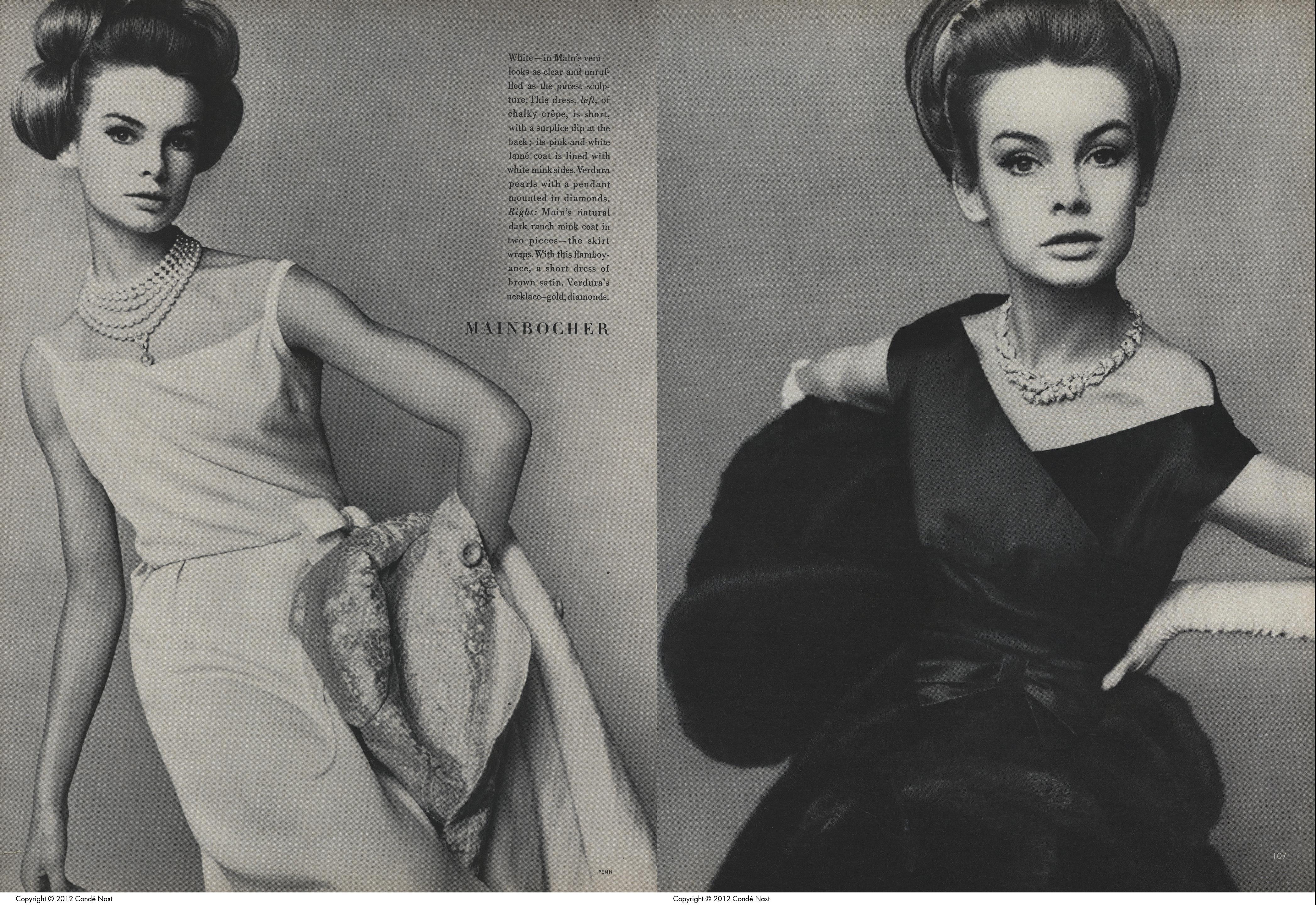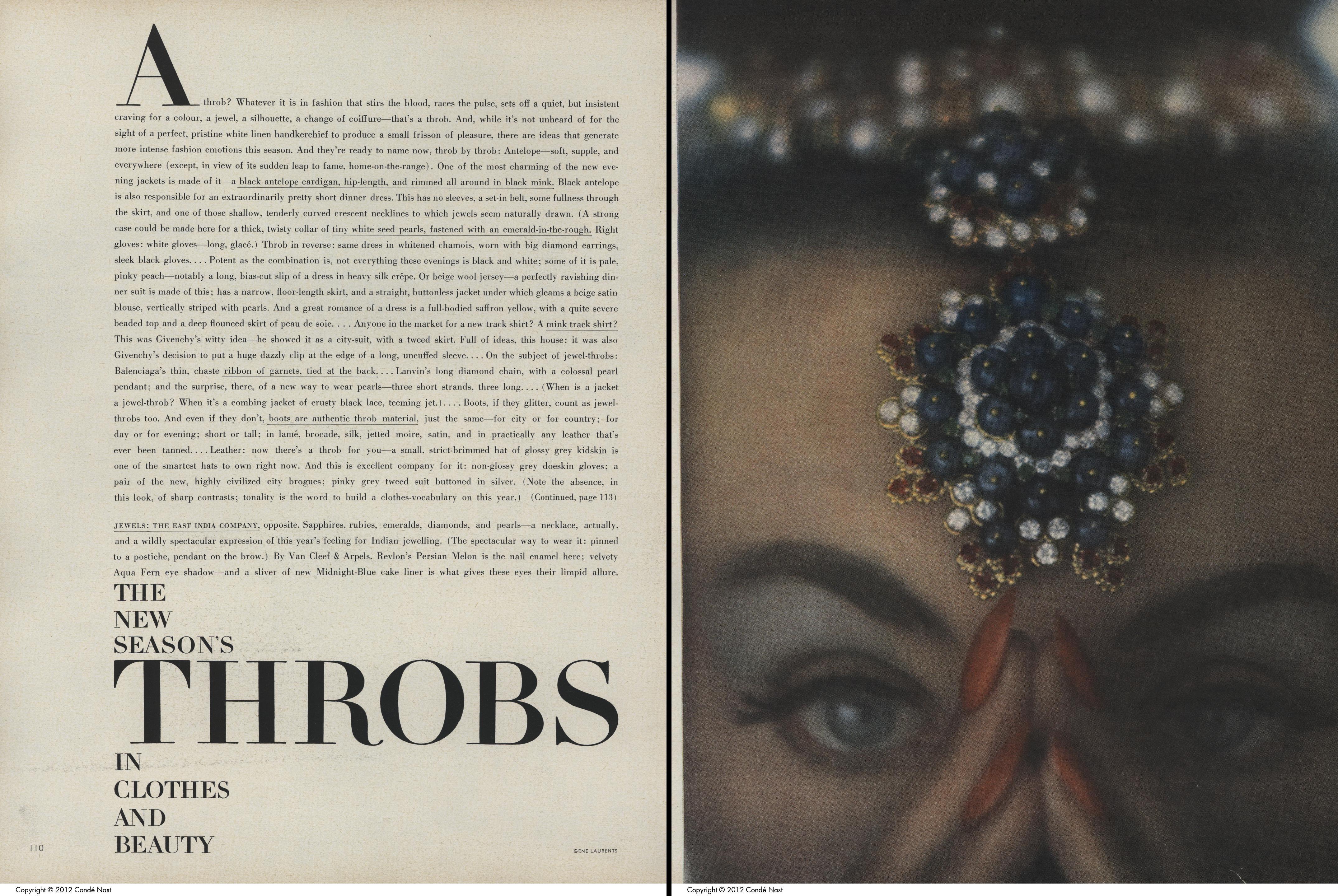
by Gwyn Conaway
Jackets, Dresses, and Tights, oh my! Fall is here! In stores, in our homes, and in the chilly air! For fashion, though, the autumnal breeze has been calling our names since the runways of the late summer. And as far as fashion designers are concerned, red and orange foliage isn’t the only thing stirring our favorite season this year.
As major designers have released their latest trends, a chord has rung out across each and every fresh idea, one that fashion historians will pick up on immediately. Let’s take a look at what fashion designers are scrying in their crystal balls.
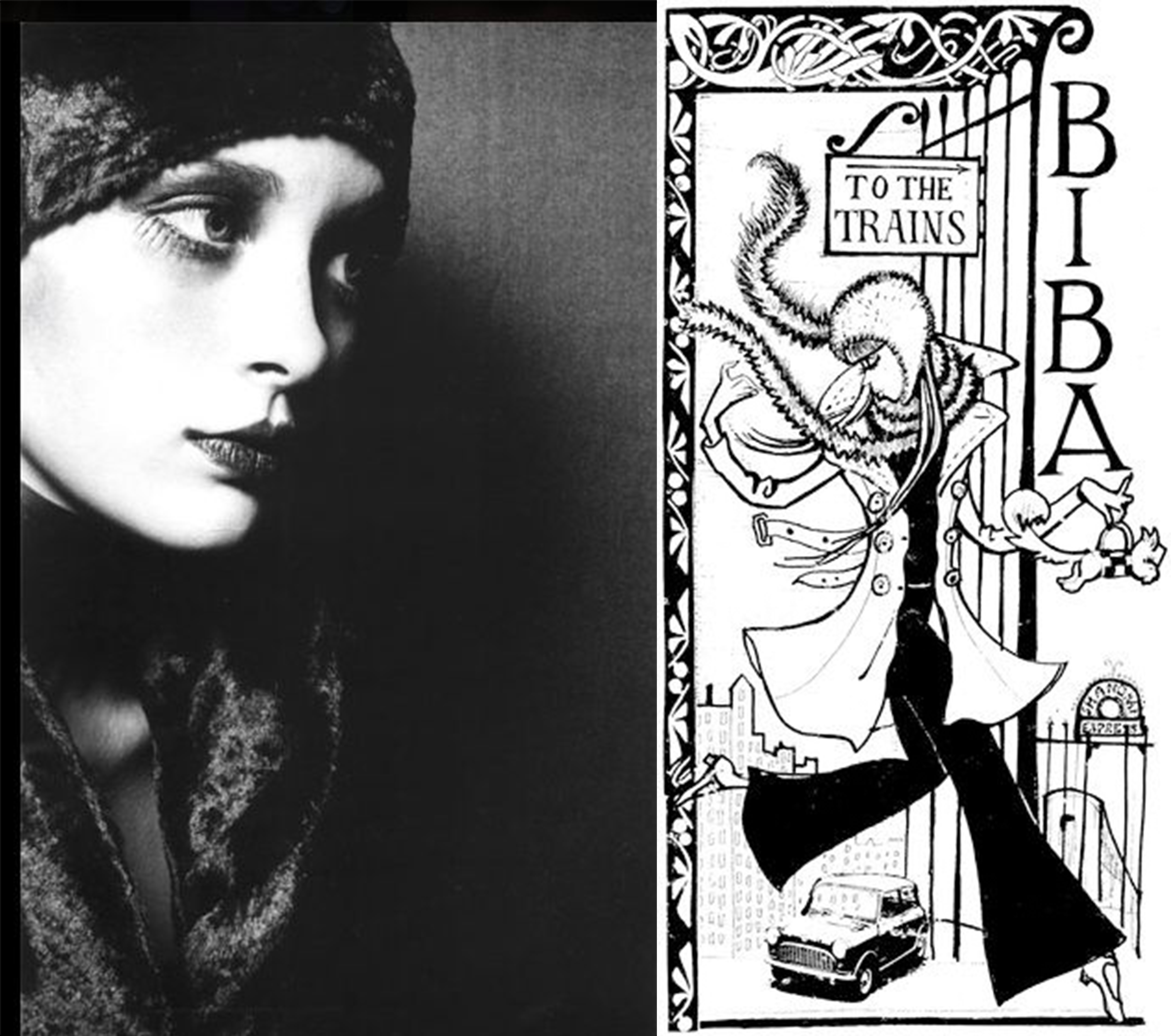
Biba is a rising star in London Fashion. Note that its illustrations harken back to the glory days of Art Deco. Gossip says they’ll be opening up a physical boutique soon, at 87 Abingdon Road.
Youth power is taking over fashion. The Beatles debut LP has rocketed them to the top of the charts, causing the frenzy we now call Beatlemania. Barbara Hulanicki and Stephen Fitz-Simon have also jumped on the bandwagon with their new mail-order service Biba, spreading London fashion worldwide. Last but certainly not least, the Beat Generation, although originally a literary movement in New York in the early 1950s, has grown ever more mainstream. All of these trends follow a pattern of cultural and aesthetic non-conformity we’ve seen time and time again in fashion history.
For fashion, paying homage to the past is not unusual. The style of bygone eras is imbued with more and more mystic power the longer time marches on. Fashion, much like music and writing, becomes nostalgic in a way that inspires future artists to be daring in their own time. Being inspired by the past can, ironically, push us forward into a new era.
Two recent fashion periods come to mind when considering youth revolutions. The Neoclassical–the era of Pride and Prejudice–spanning the early 19th century, and the rip roaring Twenties. To my glee, what do you suppose I found inspiring fall fashion this year?

Bing bing bing! If I didn’t point out that Coco Chanel designed the above Little Black Dress (middle) in 1927, most people would assume that it was contemporary style when in actuality, it transformed women’s lives more than three decades ago. No longer did women have to go home to change in between activities. With the LBD, one could jet from work to play and live a more mobile life.
When compared to Peggy Moffitt wearing Rudi Gernreich (right) or Pierre Cardin (left), the inspiration is shockingly clear. Note the low waist on both contemporary styles, with high necklines, flat chests, and columnar silhouette. Both designers have also looked to the details: While Gernreich draws from the LBD’s wide waistband, Cardin chose the pleated skirt.

Coco Chanel’s LBD isn’t the only Prohibition Era inspiration this year. Flappers, the ushers of rebellion and sexual awakening during the 1920s, are also in style, and they’ve moved from the tantalizing underground of dance halls and cocktails to modern day evening wear. Note above that the dress designed by Louise Boulanger in 1928 (left) has inspired the ombre feathered skirt, high round neckline, and low waist of James Galanos’ evening dress this year (right).
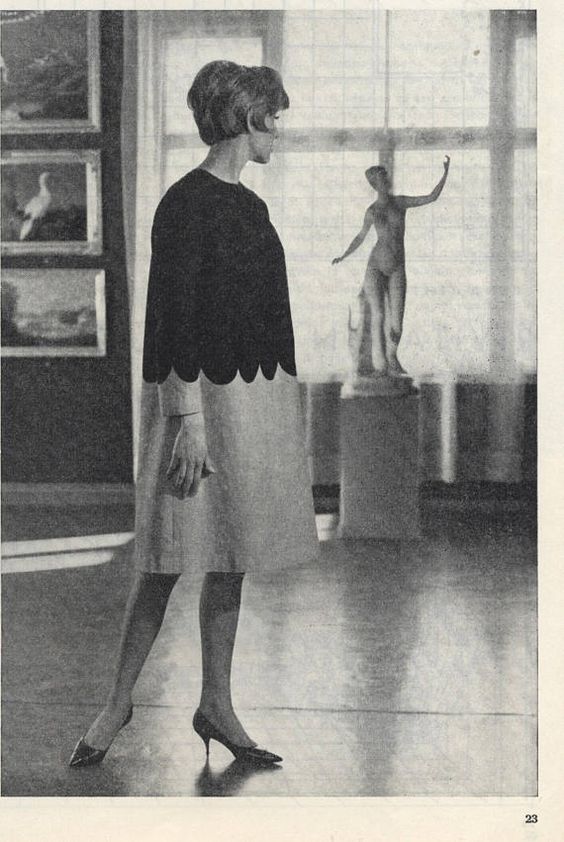
This model wearing Marimekko clearly looks back into a gallery of Neoclassical early-mid 18th century statues and paintings, symbolising our return to youth power and abandonment of traditionalism in fashion. Scalloped edges such as the color blocking on her dress, were dominant elements of design in both the Neoclassical and Art Deco movements as well.
The Neoclassical Era also plays a role in our fashion this fall. High necklines, short jackets with long, light-toned skirts, and simple bows are all reminiscent of the early 1800s. This comes at no surprise, considering Europe was celebrating the downfall of the French monarchy. After the Ancien Regime was booted from Versailles, a working class renaissance took hold of France’s youth. Women let go their corsets and hoops, just as our young people today have forgotten the merry widows and petticoats of the voluminous 1950s.
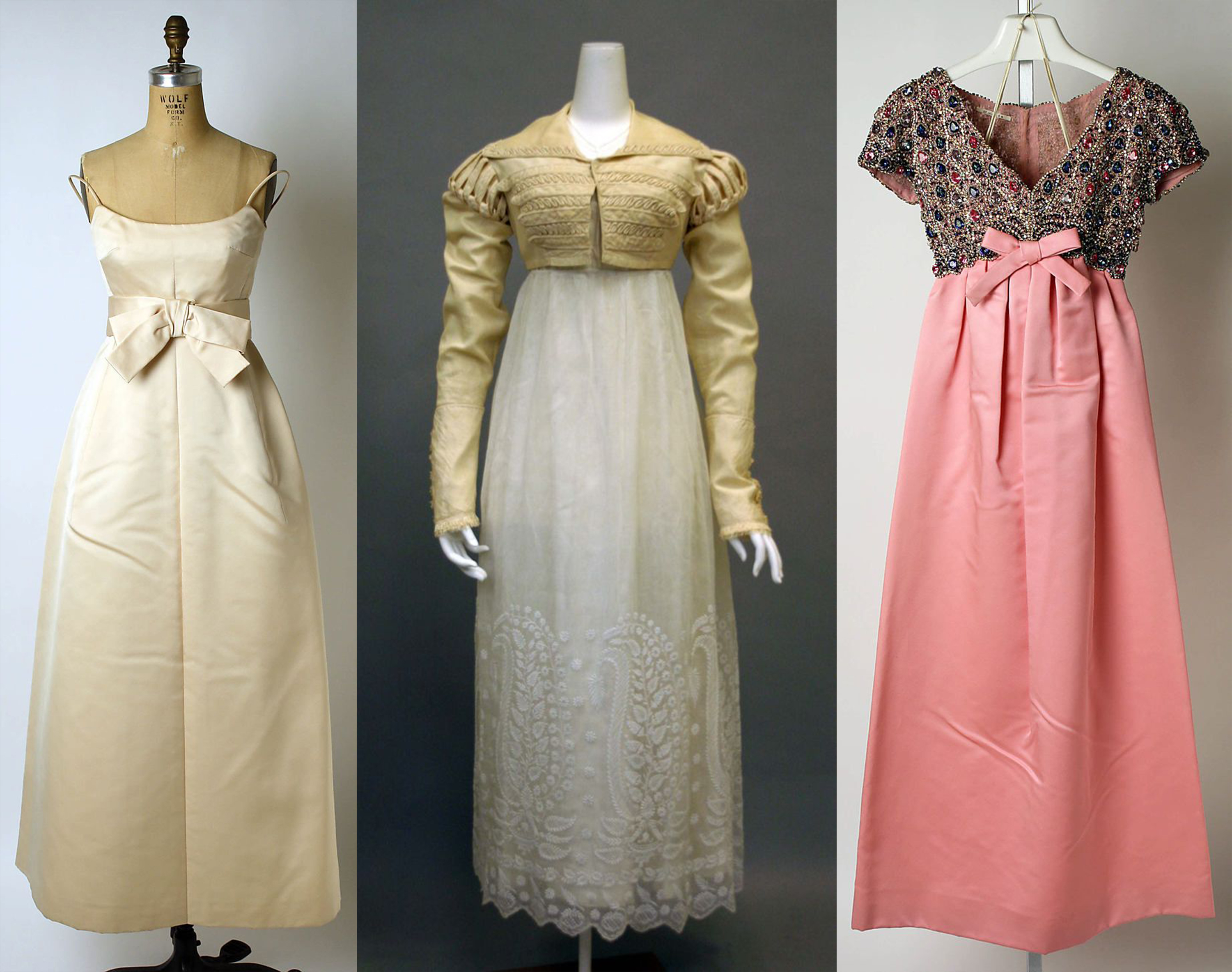
More traditional designers such as Christian Dior have taken up the Neoclassical for nuanced inspiration this year. Take above, for example, the Soiree a Venise Dress (left) and a pink evening gown (right), both from the House of Dior’s F/W 1963 collection. Note that both gowns have a high waistline and self-made bows (meaning the textile is used both for the body of the garment and the details). The skirt shape is stiff and while the pink ensemble’s bodice is covered in jewels, patterns and textiles are otherwise not mixed. The Neoclassical style is similar (middle), with self-made trims and bows, a stiff conical skirt, and high waistline.

One final morsel in regards to the Neoclassical influence we see this year is this: it seems to me that we’re wearing our inspiration backwards. Note that this winter’s evening dresses hug the back of the body while the front explodes forward (right). In the early 1800s, our silhouette was exactly the opposite (left). Does this perhaps symbolize a move toward revolution while the Neoclassical represented the world after revolution? Whether or not this is the case, this short-lived phenomenon is compelling nonetheless.
As ever, fashion this fall is a fortune teller that looks back at history to comment on today. Designers sense the rise of youth power, and eagerly look forward to the clash of generations to come. I must admit that I look forward to it too. What a wild ride awaits us!

![[October 16, 1963] A Look at Fall Fashion; Scrying the Future by Looking Back](https://galacticjourney.org/wp-content/uploads/2018/10/631016a05.jpg)

![[September 29, 1963] Comrade Wargame (Avalon Hill's <i>Stalingrad</i>)](https://galacticjourney.org/wp-content/uploads/2018/09/631003gamec.jpg)



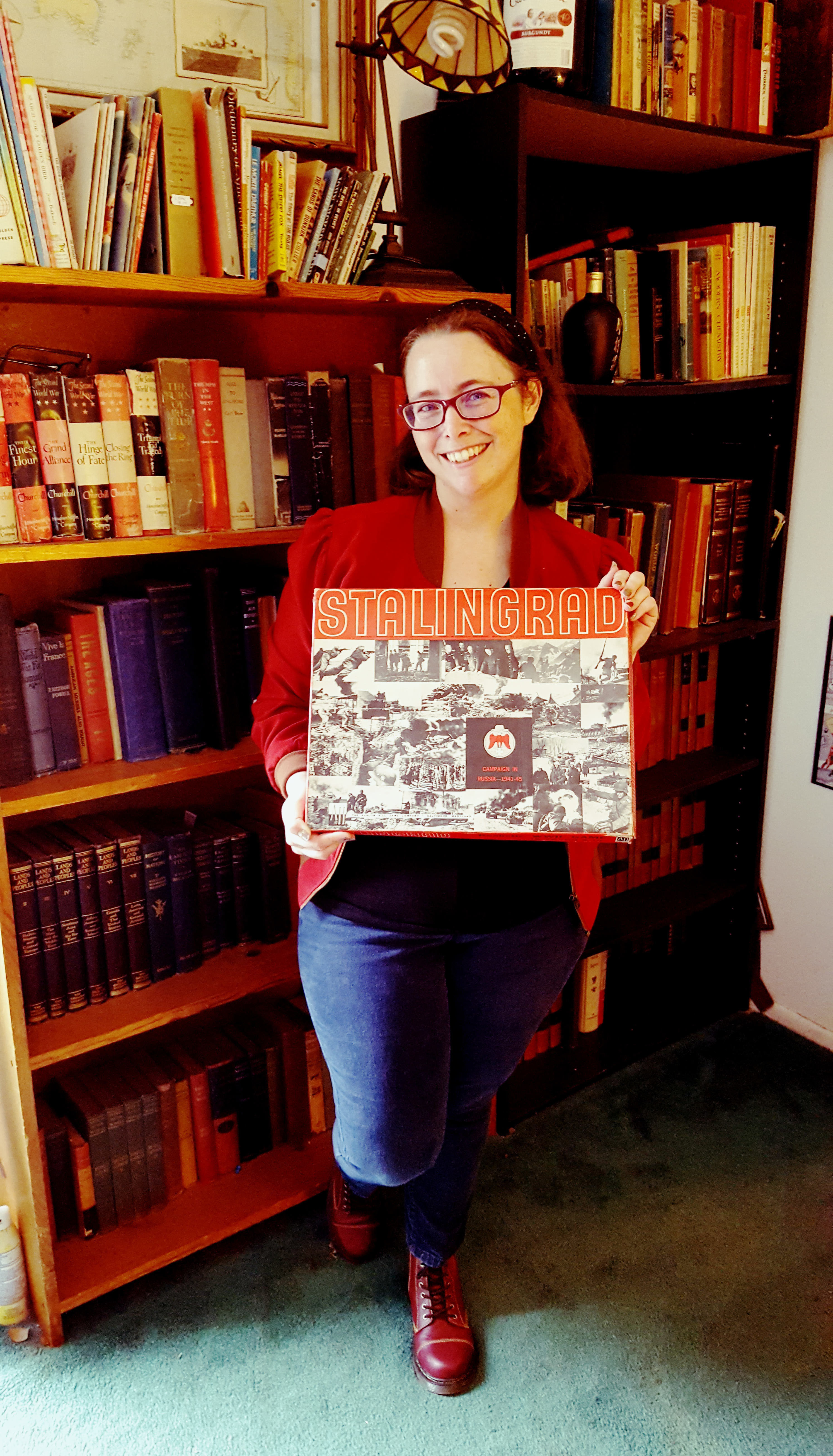

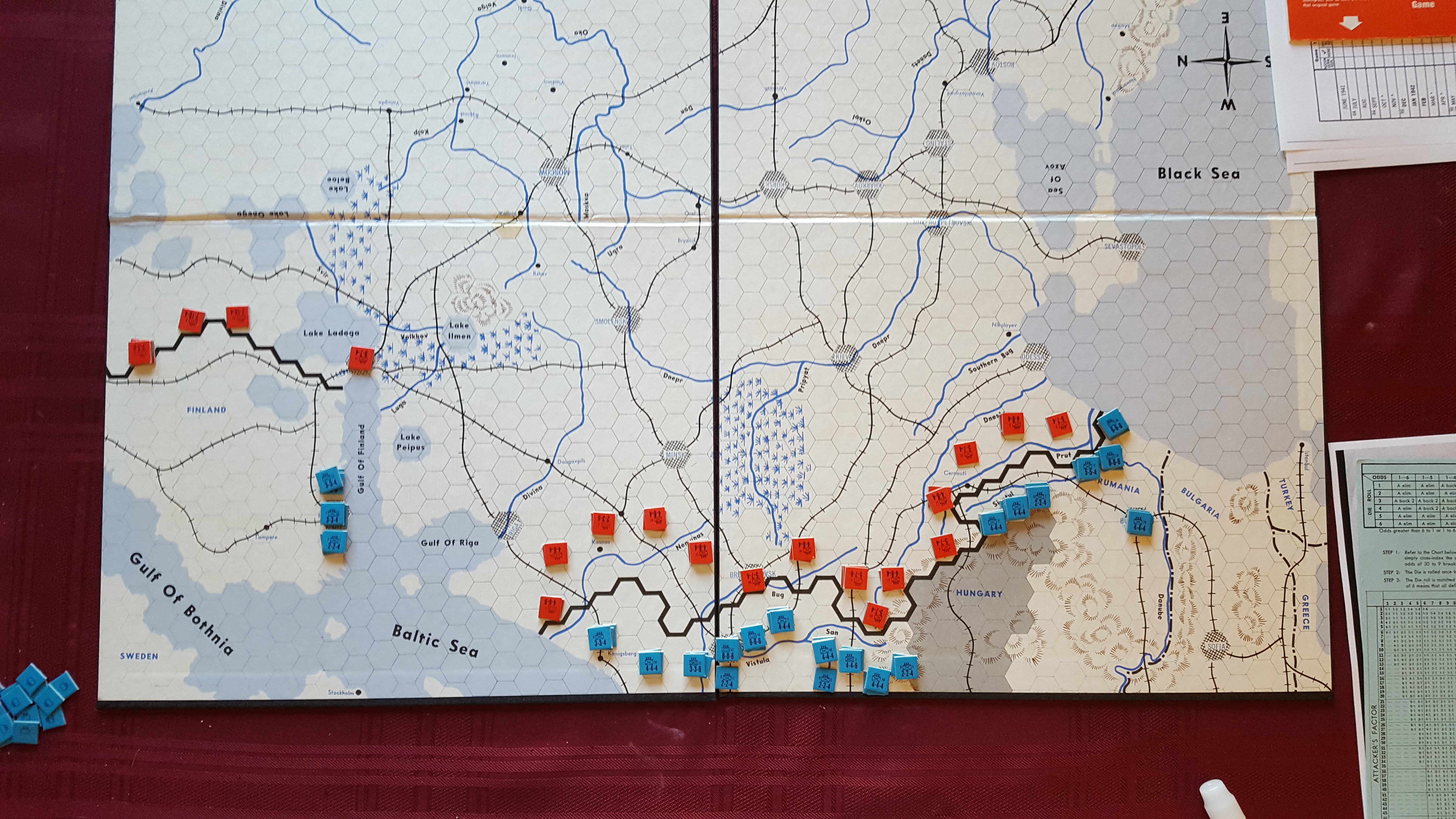

![[September 7, 1963] Druids at College: An Old Religion for a New Era](https://galacticjourney.org/wp-content/uploads/2018/09/630907druids-672x372.jpg)

